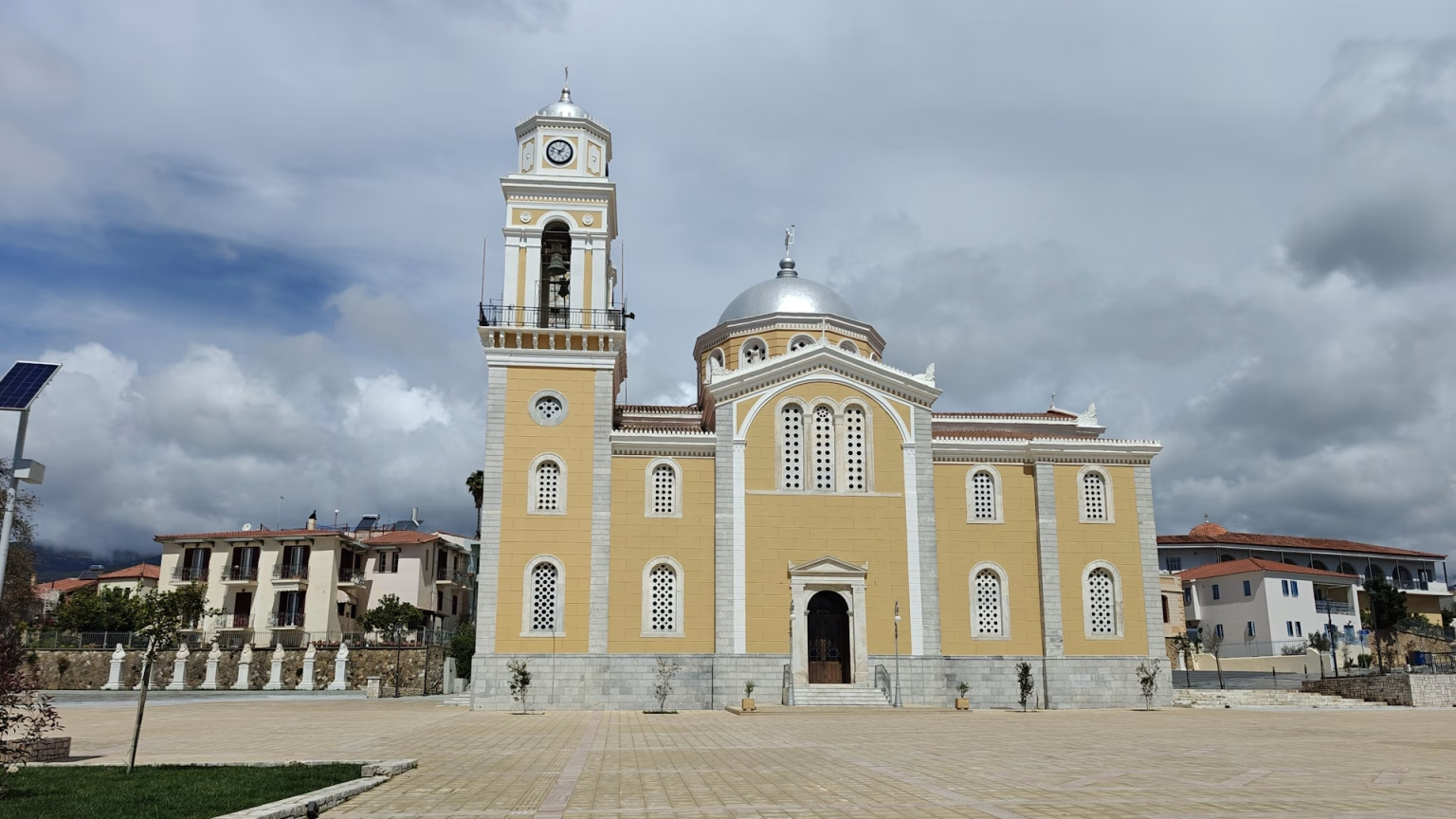The Ipapanti of Kalamata is one of the most important festivals of the city, as it is associated with Panagia Ipapanti, the patron saint of Kalamata.
The celebration takes place every year on February 2 and attracts a large crowd, not only from the Messinian region, but also from all over Greece. Let's look at the history, religious and cultural significance of this day for the city of Kalamata.
History of the Ipapanti
The feast of the Ipapanti refers to the event of Jesus' meeting with Simeon in the Temple, forty days after His birth, as described in the Gospel of Luke. For the Orthodox Church, this day symbolizes the reception of Christ by the world.
The connection of Panagia Ypapanti with Kalamata has its roots in the holy icon of Panagia Ypapanti, which was miraculously found in 1889. This icon, which had remained hidden in the ruins of an old church, was discovered during excavations and was soon considered miraculous by the residents. With the construction of the church of Ypapanti, Kalamata was established as a center of pilgrimage.
The Celebration in Kalamata
Every year on February 2, the city of Kalamata is flooded with people participating in the festive events. At the heart of the celebrations is the Metropolitan Church of Ypapanti tou Sotiros, an impressive church that is a central point of reference for locals and visitors.
The solemn Divine Liturgy is held in the presence of dignitaries and representatives of the church, followed by the procession of the icon of Panagia Ypapanti through the main streets of the city. The procession is a moving spectacle, as a multitude of believers accompany the icon, asking for the blessing of the Virgin Mary.
The Importance of Ypapanti for Kalamata
Virgin Mary Ypapanti holds a special place in the hearts of the residents of Kalamata, as she is considered the protector of the city. The people of Kalamata honor their patron saint with great reverence and consider her icon a symbol of faith, protection and hope.
In addition to the religious element, Ypapanti is also an opportunity to highlight the cultural heritage of the city. Local authorities and associations organize events that highlight the customs and traditions of the region, strengthening the feeling of unity and continuity of tradition.





